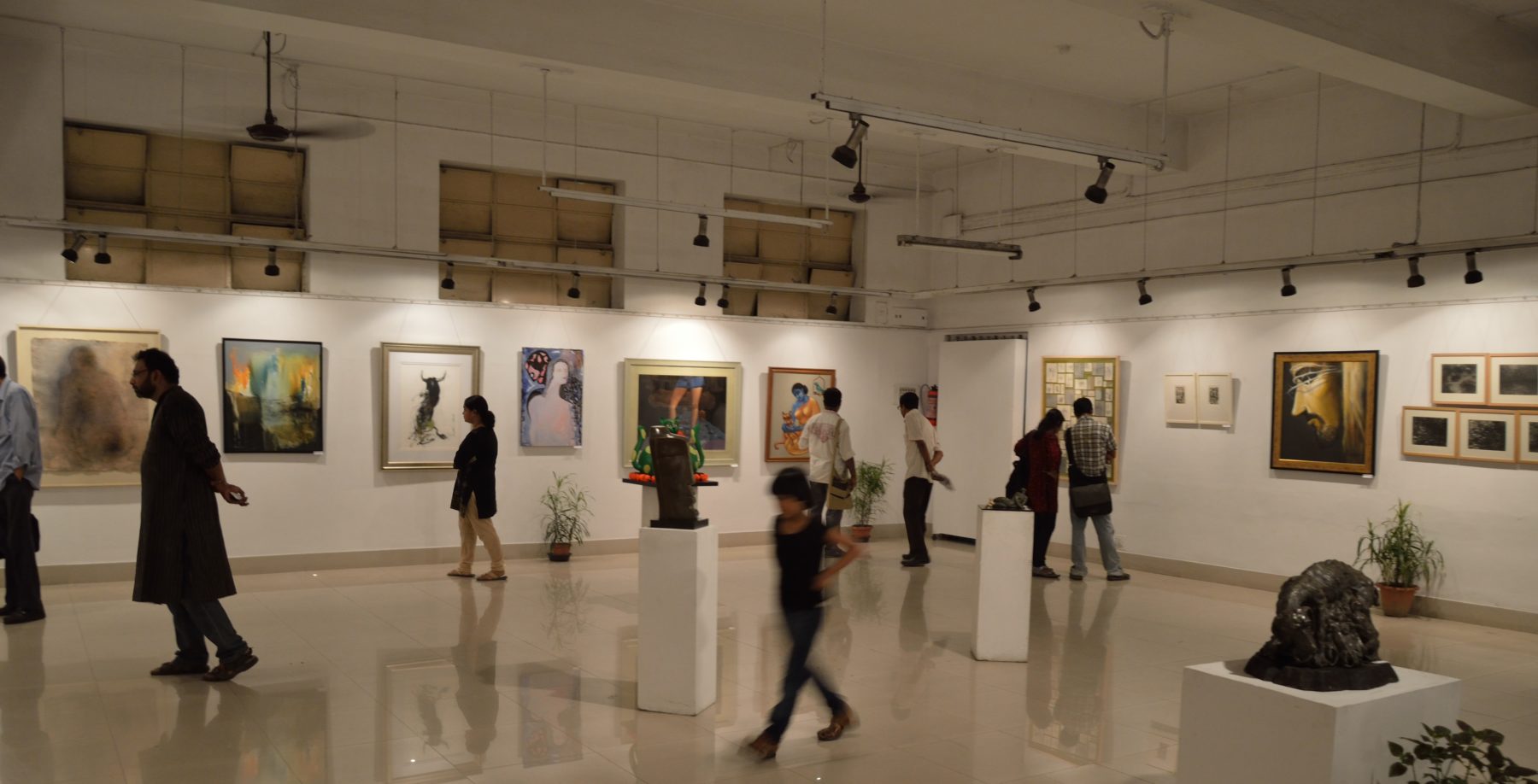1. Steven Hadley and Clive Gray. Cultural Trends 26:2. “Hyperinstrumentalism and Cultural Policy: Means to an End or an End to Meaning?” 2017. United Kingdom.
This paper investigates the implications for cultural policy of the logic of the instrumental view of culture taken to its conclusion.
2. Eleanora Belfiore. Cultural Trends 26:3. “Cultural Policy Research in the Real World: Curating ‘Impact,’ Facilitating ‘Enlightenment.” 2016. United KIngdom.
This article argues that policy relevance and influence represent legitimate goals of critical research, which does not necessarily mean accepting the pressures and restrictions of arts advocacy and lobbying, or the relinquishing research excellence.
3. Arlene Goldbard. U.S. Department of Arts and Culture. “Standing for Cultural Democracy: The USDAC’s Policy and Action Platform Summary.” 2016. United States.
In this platform, the U.S. Department of Arts and Culture describes ten ways to advance toward cultural democracy, a social order which embodies and affirms the right to culture in every aspect of our public and private policies.
4. District of Columbia Office of Planning. “DC Cultural Plan: Executive Summary.” 2019. United States.
The Cultural Plan establishes a framework to inclusively grow the District’s cultural community informed by the Office of Planning’s experience in community development, land use, systems planning, public facilities and infrastructure
5. Hilda L. Solis and Sheila Kuehl. Los Angeles County Arts Commission. “Adoption of the Countywide Cultural Policy.” 2020. United States.
This is a motion from the LA County Arts Commission for adoption of a county-wide cultural policy.
6. Jennifer Craik. ANU Press. “How Can Cultural Sub-Sectors Respond?: Three Indicative Case Studies.” 2007. Australia.
This chapter examines some sub-sectors that have challenged prevailing policy approaches to the management of culture.
7. Government of Western Australia Department of Culture and the Arts. “Indigenous Arts and Culture Action Plan 2012-2014.” 2014. Australia.
A growing number of Indigenous artists are sharing their significant stories through artistic mediums. The Department of Culture and the Arts supports this sector as part of its vision for a community enriched by unique and transforming arts and culture.
